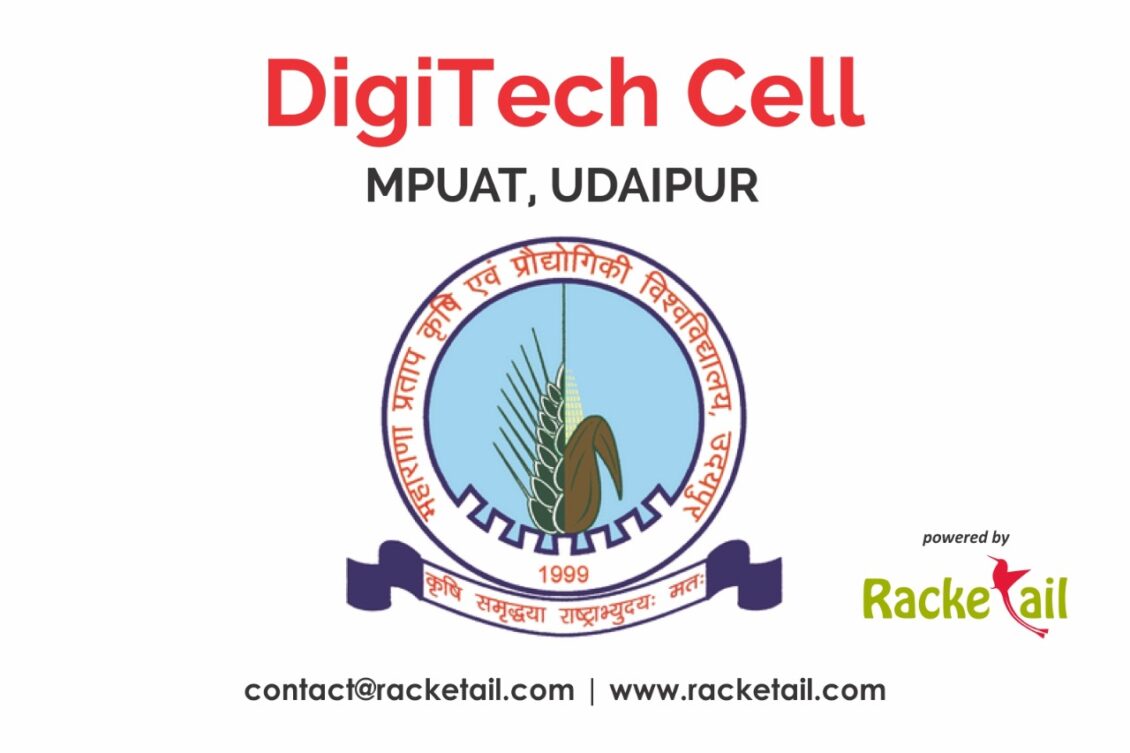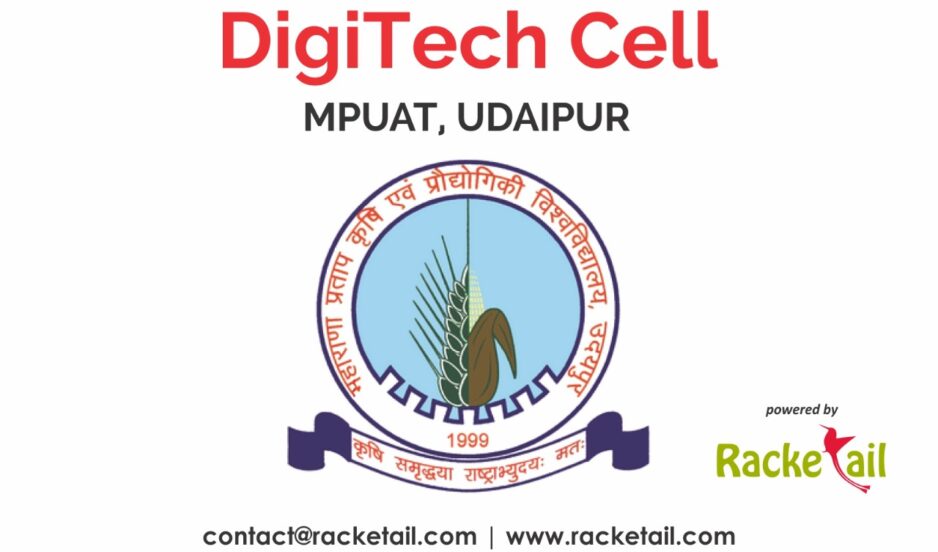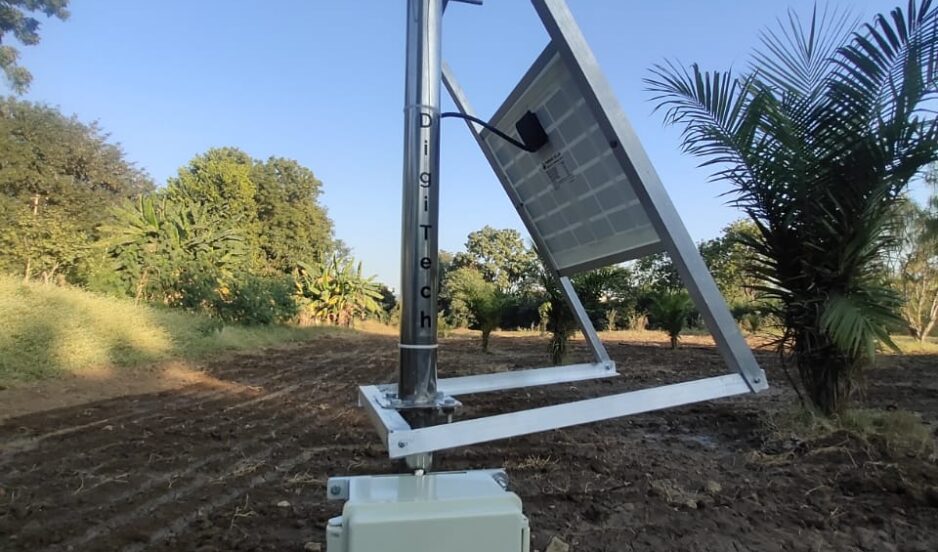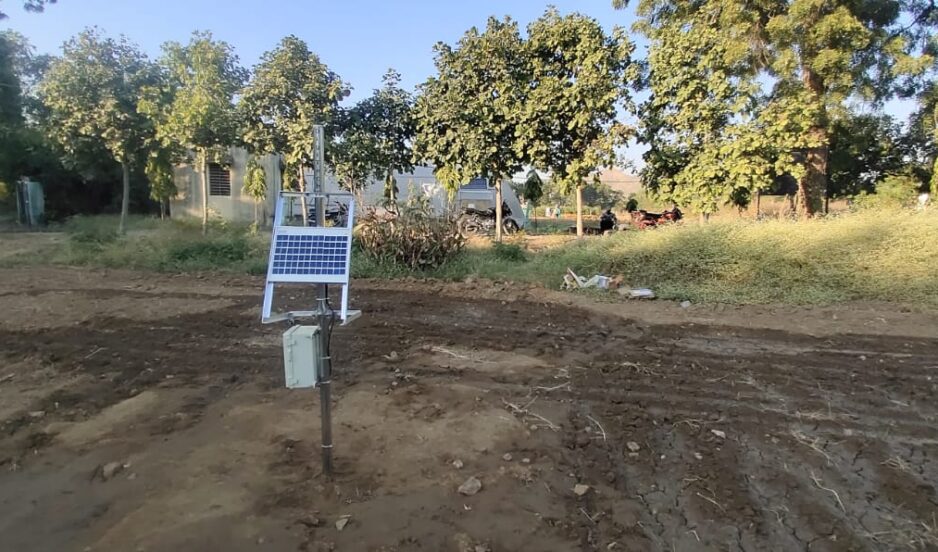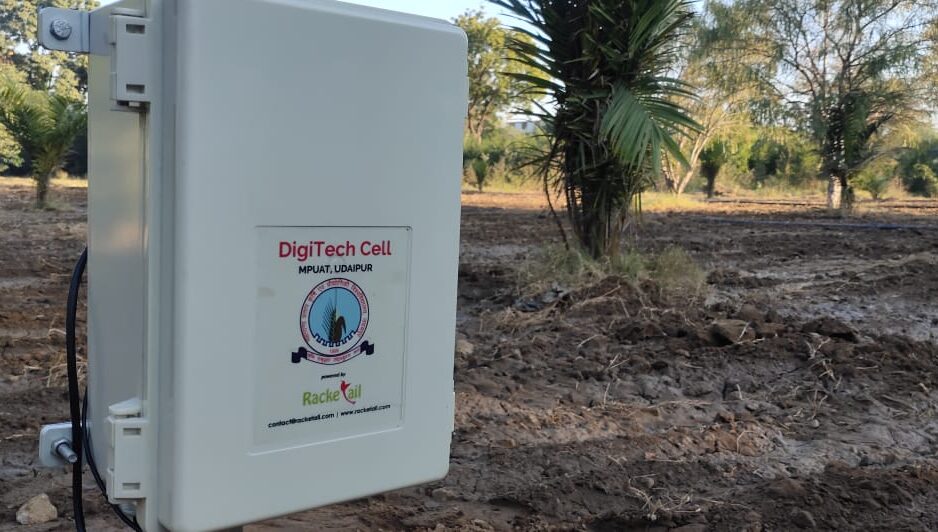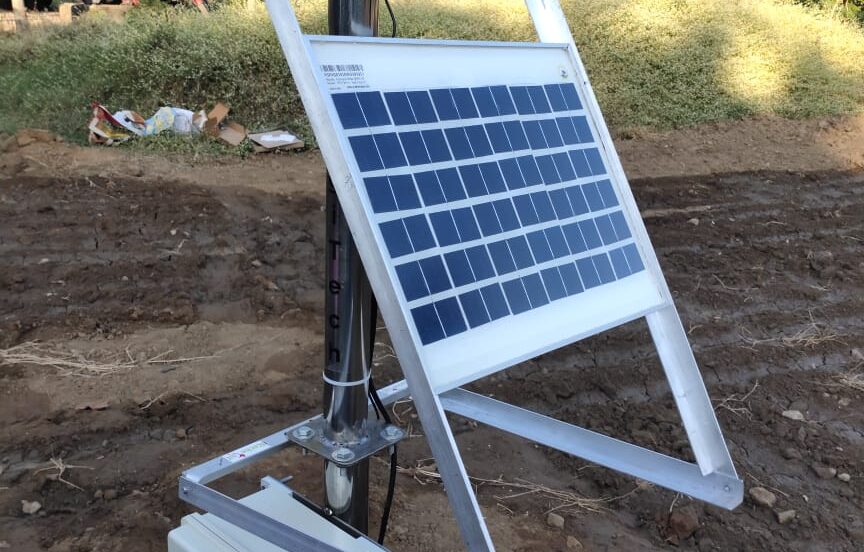We all know the base for agriculture is soil. The soil provides different types of nutrients that help the crop to grow.
Different physical and chemical properties affect the soil, like temperature, pH, and moisture, which affects the yield of a crop heavily. The most difficult task for the farmers is to collect real-time data of these chemical and physical properties. Soil Health Card in India is initiated by the Govt of India which informs the farmer about its soil property on 12 parameters.
But this process even though with the fast-track method takes a minimum of 30 days period from collecting soil to a lab to report. If the soil sample is taken from a remote area, that cycle increase to 45-60 days.
Do you think a person should still rely on old methods for farming?
No, even farming has adopted numerous amounts of technologies in the last decade, becoming more technology-driven and industrialized. Using various smart gadgets for agriculture, farmers have made their work easier, efficient by growing better crops and control the raising of livestock.
The growing technology has helped the agriculture industry adopt AR, VR, and the Internet of Things (IoT). They have penetrated our life, from home automation, smart cities, health and fitness, industrial IoT, and automotive and logistics.
Did you know in 2021, the market for IoT in agriculture has increased and reached almost $5.6 billion?
So, if you are planning to build an IoT solution for agriculture and considering investing in smart farming, then you have come to the right place to dive in and know more about IoT applications in Agriculture.
- What is Smart Agriculture (AgriTech)?
Technology in agriculture is generally referred to as AgriTech, whereas on the other hand Smart Agriculture is used to denote IoT solutions in agriculture.
So, what is smart agriculture using IoT?
During Agriculture, IoT sensors help in collecting machine metrics and environmental information, where farmers are helped to make an informative decision, to improve every aspect of their work- from crop farming to livestock.
For example, Smart farming using their gadgets to monitor the state of the crops, farmers can exactly decide the amount of fertilizer and pesticide needed to improve the efficiency of their crops.
- Market size of Smart Farming:
Although Smart farming is not so famous to the consumers yet, COVID-19 has constantly helped smart agriculture grow. As there’s a shortage of qualified workers and a disrupted supply chain, BI Intelligence predicted installation of IoT will increase in 2021, to 75 million.
The global market size of smart farming is expected to reach $15.3 billion, which is slightly over $5 billion in 2016 and triple by 2025.
As smart agriculture market is developing, business for building IoT products has an ample opportunity to join in. The coming year can help these businesses be an early adopter and help pave the way to success.
- Benefits of Smart farming in farming:
5 ways IoT improves agriculture production:
- Better volume and product quality: The production process is controlled in a better way and maintains crops high quality and the growth capacity increases.
- Thousands of data collected by IoT sensors: Farmers have a tough time collecting data, but with the help of IoT sensors, data of soil quality, weather condition, cattle’s health, and crop growth are collected easily. These data are helped to track the state of the business and increase the equipped efficiency, staff performance, and many more.
- Increased efficiency of the business through automation: Smart devices help to automate multiple processes of the production cycle, e.g., pest control, fertilization, and irrigation.
- Control over internal process results in lower production risk: The output of production helps to plan for better product distribution. The exact number of crops harvesting helps in selling the product easily, and the product will not lie unsold.
- Helps in waste reduction and cost management: Control over the product helps in the reduction of waste and cost. When you can check glitches in the livestock and crop growth, mitigation becomes easy, which reduces the risk of losing crops and livestock.
These factors will help to increase revenue.
Racketail deployed IoT based Soil Monitoring system in Maharana Pratap University of Agriculture and Technology (MPUAT), Udaipur, a real-time Solar-powered Soil health parameter system. This system comprises a Soil Sensor that measures the value of pH, Salinity, Electrical Conductivity (EC), Temperature, Moisture, and NPK (Nitrogen, Phosphate, and Potassium). This system helps researchers to analyze Lab Test of Soil and Real-Time value. The system is designed to read data every hour and using GPS Network sends the data over IOT Gateway to Cloud. The researcher even has a Mobile App to monitor these values along with the website. This will help the scientist to study more data points of soil parameters.
More than that, Scientists can study the relationship between the Soil Microbes and Pest concerning these 7 Parameters; which can help them to understand the soil in-depth and help in artificially modifying the Soil for better yield and production.
Racketail helps small or big companies to get their product development. Most of the successful companies, small or big, trusted Racketail. You can contact us at contact@racketail.com

